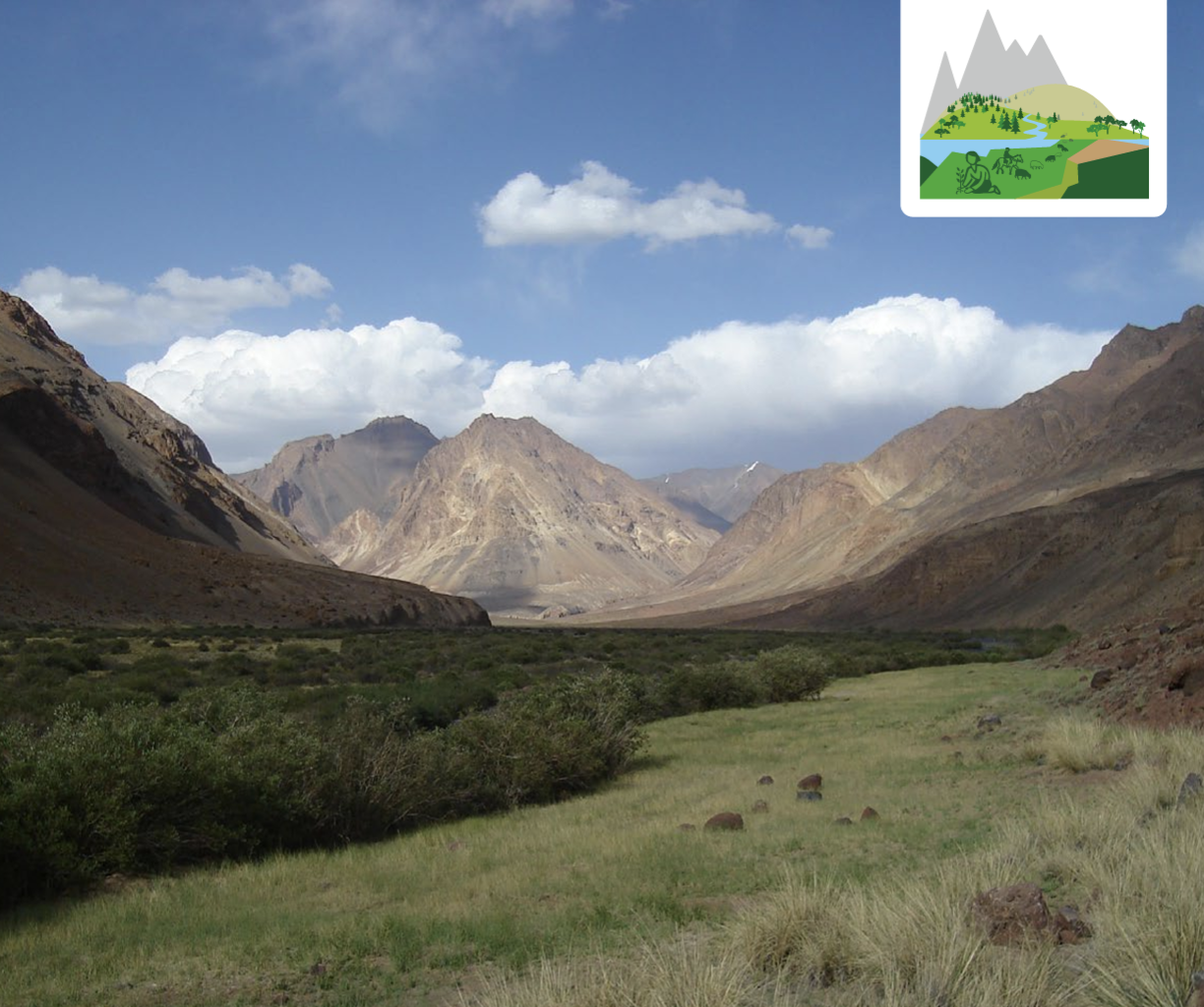
Climate-Smart Conservation Practice: Using the Conservation Standards to Address Climate Change
This guidance is intended to support practitioners undertaking conservation planning in the face of the uncertainties created by climate change. It builds on the already widely used Conservation Measures Partnership’s Conservation Standards by walking through each of the five steps and providing additional guidance on incorporating climate considerations. These additional tools and methodologies were developed and refined by experienced facilitators who have worked with a number of teams struggling to plan climate-smart conservation projects around the world.
By applying this guidance, conservation teams will be able to:
- document the observed and likely impacts of climate change on their ecosystems and species of interest
- examine the relationships between climate change and other, conventional threats
- identify the socioeconomic factors contributing to the conventional threats
- define climate-smart strategies, and clearly lay out how they believe these strategies will address both climate and conventional threats and contribute to conserving or restoring their focal ecosystems and species (i.e., define their “theory of change”)
- determine how to monitor and evaluate progress toward their goals and objectives, to ensure adaptive management and ongoing learning
Through the adoption of climate-smart strategies, conservation practitioners can enhance biodiversity conservation and reduce the vulnerability of ecosystems and species to climate change in a way that is sensitive to human needs and likely human responses to climate change. By systematically bringing in evidence from plausible climate change scenarios and applying it to their situation, they can prepare a robust plan, while also building in flexibility for adaptation as new information comes to light.
Climate-Smart Conservation Practice consists of the 5 steps from the Conservation Standards, with several additional sub-steps. Not all steps need to be taken by a given project, depending on its purpose and context.
You may also be interested in the Conservation Standards and Ecosystem-based Adaptation guide, which focuses on assessing how climate change may affect ecosystem-dependent human communities and using ecosystem conservation and restoration to maintain the resilience of those communities.

